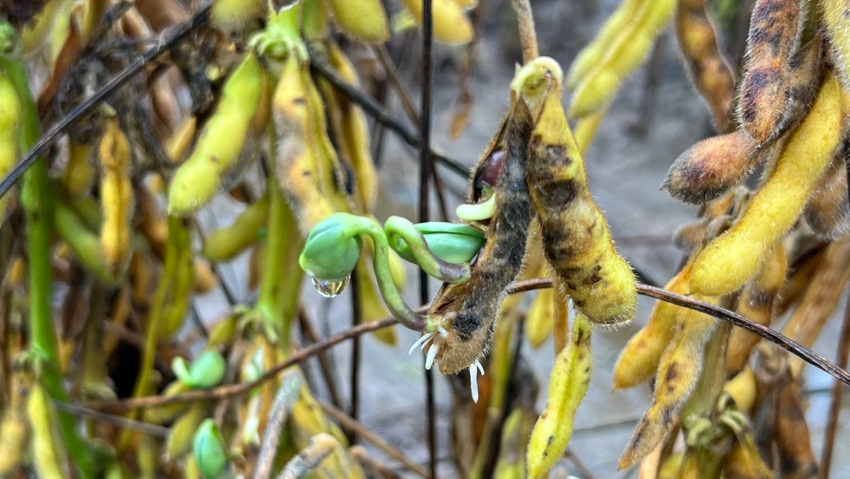
Dewey Donnell has spent a lifetime farming in northeastern Louisiana. Like most farmers in the region, he’s navigated his fair share of hurricanes, floods and other weather extremes. But he’s never seen an August like 2022.
“We had at least 10 days of straight rain beginning that third week of August,” Donnell recalled. “I’ve seen it come a lot of rain, but outside of a hurricane, I’ve never seen it rain like this at this time of year.”
In mid-August, a stagnant upper-level trough that spanned from Central Texas to Central Mississippi brought rainfall and cloudy, humid conditions to the affected areas for days on end.
In Franklin Parish, where Donnell farms, the Winnsboro weather station recorded rain on 11 out of 12 days beginning August 18. The average August rainfall in Winsboro, La., is a little over 4 inches. This August, the area received more than 18 inches — making it the wettest August on record for Franklin Parish. And there was not even a hurricane to blame.
While about 60% of Louisiana’s corn acres were already harvested when the rains moved in, only 12% of soybeans were — and many were at a critical growth stage. At the Donnell farm, soybeans planted in early April were one day from desiccation when the weather system settled in. By the end of the month, Donnell was worried if some fields would yield a marketable crop.
“Very little can survive 10 days of rain,” he said. “This is going to hurt a lot of farmers, and it’s no fault of our own.”
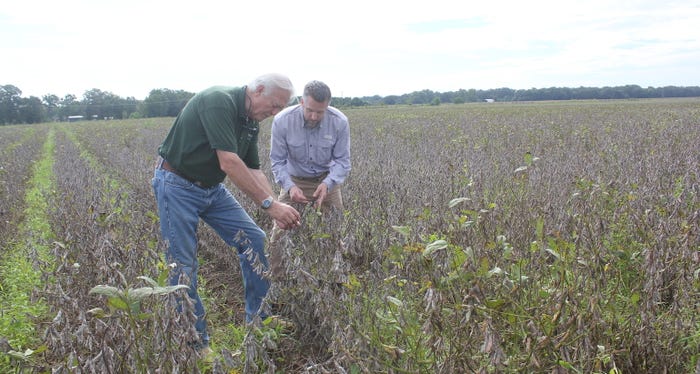
Rain delay
Similar weather stories are being reported across Northern Louisiana and Central and Southern Mississippi. Unrelenting rain just as harvest should have been in full swing. A promising crop that had made it through the intense heat and drought of June and July, now succumbing to too much water.
There were reports of boll rot and hard lock in some cotton fields across the region. Images of soybeans sprouting in the pod and water standing in fields were posted to social media.
Perhaps worse than the amount of rain is the duration of the rain event and the long pause in harvest it created.
“The standing water is doing as much damage as the rain,” said Ashley Peters during an interview at the end of August. Peters is an independent crop consultant that works in northeastern Louisiana. “The soybeans that were green when the weather system moved in are cutting out early. We really need the sun to shine and things to dry up so we can get back in the field.”
Peters said soybeans have been the hardest hit crop in his region.
“This year’s soybean crop had the potential to be one of the best. It was also one of the most expensive soybean crops ever thanks to higher input costs, and early summer irrigation demands,” he added.
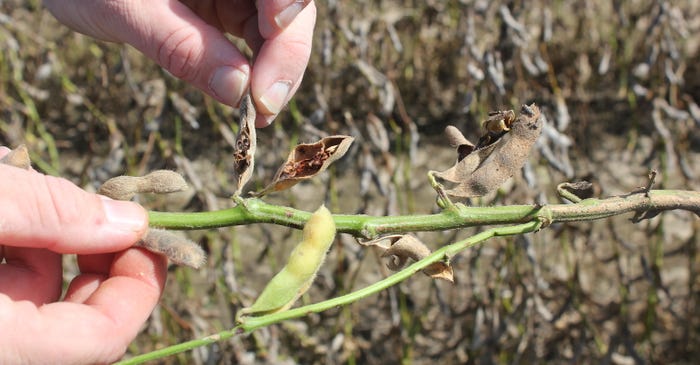
Even for growers who dodged weather damage, muddy fields and rain delays prevented some from collecting on August delivery premiums. And the longer the crop sits in the field, the more potential for yield loss.
“We just don’t know the extent of the damage yet,” Peters said.
Early soybeans hurt
The timing of the rain event was particularly unfortunate for early planted soybeans, according to Extension specialists.
“The problem is quality. That’s at the front of everyone’s mind anytime we experience days of rain and cloudy conditions,” said Trent Irby, Extension soybean specialist with Mississippi State University. Irby was speaking during a Mississippi Crop Situation podcast on Sept. 1.
“Quality concerns are widespread. We’re seeing sprouting seeds in pods, and I think growers are concerned about overall damage and what’s going to happen when they harvest and take these beans to the elevator,” he added.
“The stage of development of those pods when the rain came through relates back to maturity group and planting date. Some of our earliest planted acres were impacted the most,” Irby said. “Beans that were only to late R5 the third week of August seem to have weathered the system fine. No issues.”
David Moseley, Extension soybean specialist with LSU AgCenter has also seen a correlation between planting date and damage. Moseley estimates that in northeastern Louisiana, where the majority of the state’s soybean crop is produced, 30-50% of acres have some damage. Within those fields damage estimates vary widely — 20-50% or more.
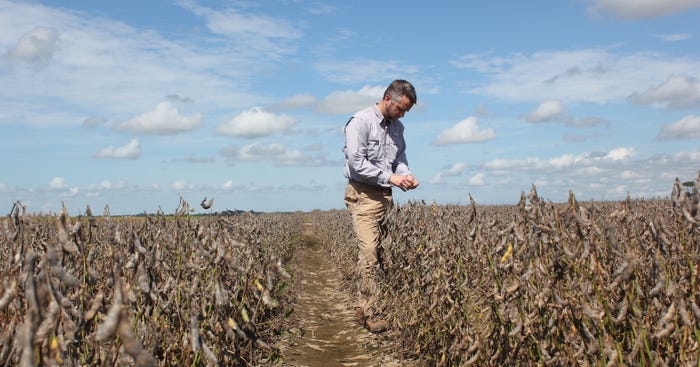
“If you think about it, soybeans planted in early to mid-April were setting pod size during the heart of the drought,” Mosely said. “The drought more than likely prevented the pods from growing large enough. Then, when we had all this rain, the seeds swelled until there was nowhere to grow. The pods ruptured, moisture settled in, and now growers are dealing with quality issues.”
“In any soybeans planted in May, we’re currently seeing little to no damage,” he said. “This is pretty clearly a planting date issue and not a variety issue. Any variety that sees 10 days of rain when seeds are beginning to mature is going to see weathering and disease damage.”
Louisiana soybean yields are typically higher for soybeans planted in April. Research has shown a 5% yield bump in beans planted in early April versus late April and May.
“Back in May, I had a grower that was so mad that he was still planting soybeans,” Peters recalled, “but they may be his saving grace.”
Donnell farm
A May planting date may certainly help the Donnells.
On ground they farm in neighboring Tensas Parish, soybeans were planted between April 24 and May 13. They were looking good on the first of September — much better than the early-planted soybeans back at the Franklin Parish farm.
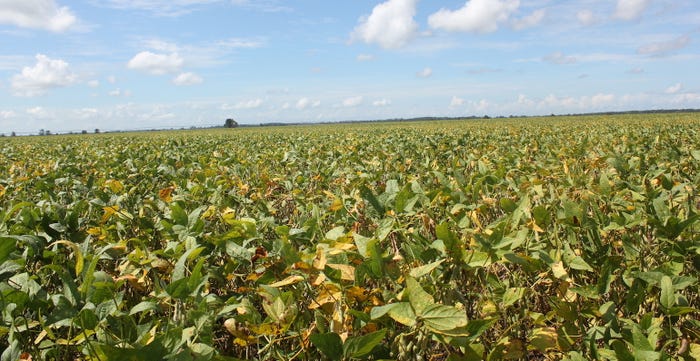
“This was the first year we were completely soybeans,” said Josh Donnell, Dewey’s nephew and business partner. “We looked at cost projections for this season, and based on average corn yields, it just made sense to plant soybeans.”
“I keep hearing my grandfather’s words, ‘Don’t put your eggs in one basket.’ Well, this year we put our eggs in one basket. But the way fertilizer prices were going up this spring, we didn’t really have a choice,” Dewey said.
Unprecedented prices. Unprecedented weather. If farming is a gamble, this is looking like a year where the House wins. Donnell is not discouraged yet.
“We’re eternal optimists,” he added with a wink. “You have to be to be a farmer.”
About the Author(s)
You May Also Like






